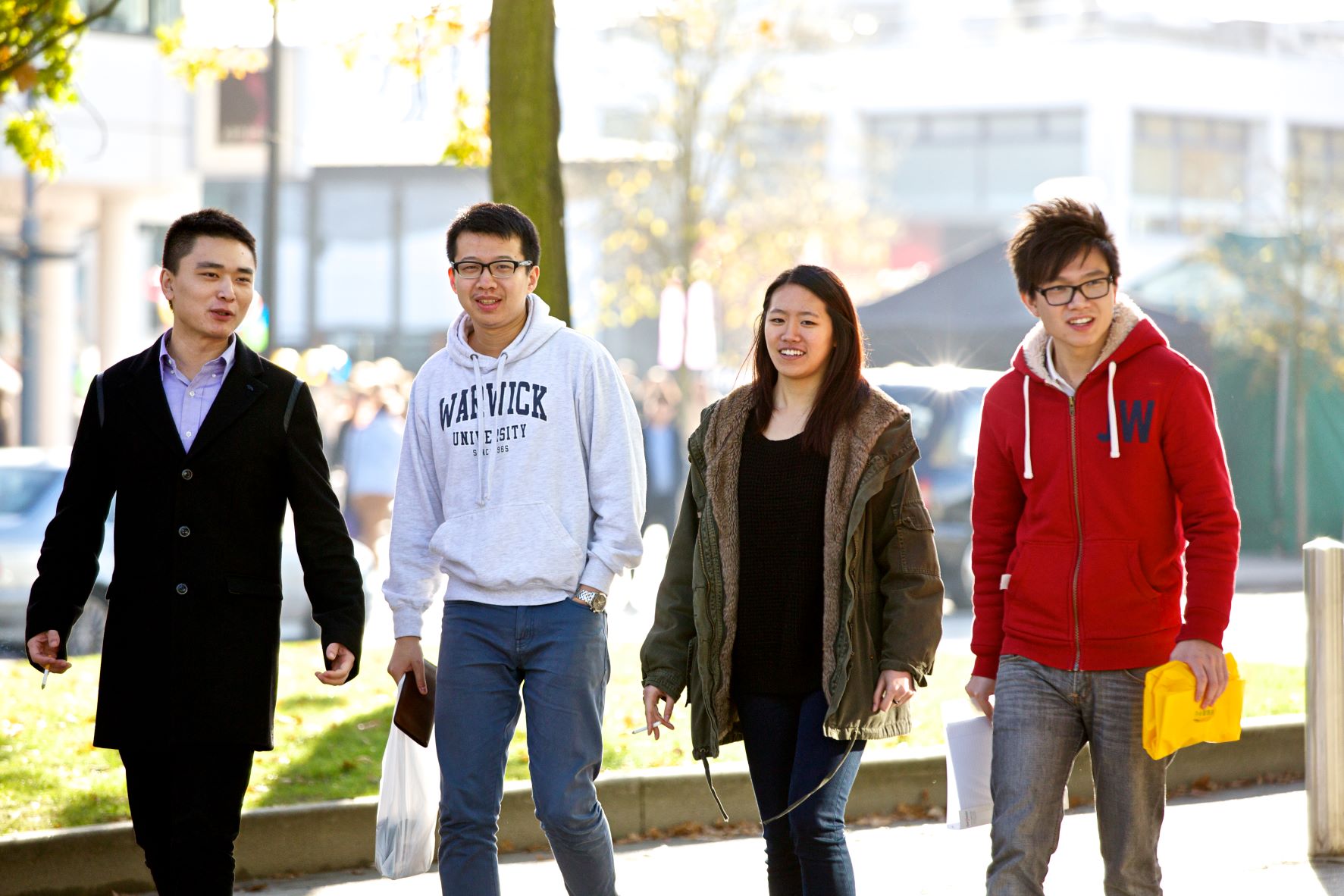Rachel MacGregor is Digital Preservation Officer at the Modern Records Centre, University of Warwick, UK.
28th September 2021 was definitely a day for us to celebrate as we finally went live with ingesting digital material into our preservation system. There was a nervous moment as we uploaded the first SIP and a holding of breath while we waited to see if we had put all the metadata in correctly (we had!) and then a sigh of relief as we had our first successful ingest. To get to this point, as anyone who has already done it knows, requires a huge amount of work in terms of procurement, preparation, collections curation and planning. And whilst it’s a big milestone in one way we know it’s just another step along our digital preservation journey. Sometimes it can seem like getting the system is the end point whereas in reality it’s only one part of the much bigger picture which can help us with preserving material. Digital preservation is journey not a goal but we feel happy that we have made progress with this and are excited about being able to build on our successes.

Celebrations are in order (image source Pixabay)
We’ve chosen to start with the administrative records of the University – well you have to start somewhere – in part because these are our amongst our most important records in terms of compliance and transparency and it is a high priority to ensure their long term care, preservation and access. They sit alongside their paper equivalents, and we have gone from the stage where just a couple of years ago 80 percent of the records we took in from the University administration were paper and 20 percent digital to a complete reversal (we do still get paper records especially when someone is having an office clear out!).
Another reason to start with the University records is that they are extremely predictable in terms of format – mainly Word and PDF (a variety of flavours) – with some other Microsoft Office files, usually spreadsheets and PowerPoint presentations. While we recognise the challenges inherent in the preservation of the latter – especially spreadsheets – the material largely comes with lots of context and from a regulated environment. In other words we understand the material coming in quite well and have a close relationship with the creators. We still have a lot of work to do – especially around collecting material outside the scope of the legal framework which will shed light on what life is like at the University for the staff and students. In the past this included prospectuses, photographs, publicity materials and a great deal of material which now appears on the University’s intranet or via social media channels. Both these platforms present their own challenges and we are starting to plan how we collect the sources which will ensure that we capture the University’s present and future activities as securely as we have its past ones.

Image copyright University of Warwick
The next steps for us are to look more closely at our pre-ingest work. At the moment the processing of collections – accessioning, appraisal, metadata creation and so on - are very manual and involve a lot of cutting and pasting between spreadsheets and diverse metadata sources. We know we can speed up and automate many of these tasks which will help us to free up our time for advocacy, curation and access. There's still a lot to do but we are excited about the challenges ahead and looking forward to continuing to refine and develop our processes as go forward.











































































































































Comments
All the best,
Fabi